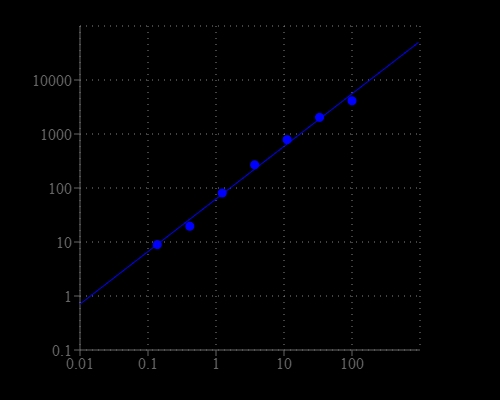Metal Fluor™ Zn-520, AM
Metal Fluor™ Zn-520 is designed for detection of higher zinc ion concentrations that are present in synaptic vesicles and released in response to electrical stimulation or excitotoxic agonists (0.05-50 µM) with minimal interfering calcium sensitivity. Metal Fluor™ Zn-520 has shown great fluorescence enhancement upon binding zinc ion (>250 folds). This cell permeant AM-ester is useful for detecting intracellular zinc ion levels.


| Catalog | Size | Price | Quantity |
|---|---|---|---|
| 21263 | 1 mg | Price |
Physical properties
| Molecular weight | 721.62 |
| Solvent | DMSO |
Spectral properties
| Excitation (nm) | 493 |
| Emission (nm) | 516 |
Storage, safety and handling
| H-phrase | H303, H313, H333 |
| Hazard symbol | XN |
| Intended use | Research Use Only (RUO) |
| R-phrase | R20, R21, R22 |
| Storage | Freeze (< -15 °C); Minimize light exposure |
| UNSPSC | 12352200 |
Instrument settings
| Fluorescence microscope | |
| Excitation | FITC |
| Emission | FITC |
| Recommended plate | Black wall/clear bottom |
| Fluorescence microplate reader | |
| Excitation | 490 |
| Emission | 525 |
| Cutoff | 515 |
| Recommended plate | Black wall/clear bottom |
| Instrument specification(s) | Bottom read mode |
Documents
Contact us
| Telephone | |
| Fax | |
| sales@aatbio.com | |
| International | See distributors |
| Bulk request | Inquire |
| Custom size | Inquire |
| Technical Support | Contact us |
| Request quotation | Request |
| Purchase order | Send to sales@aatbio.com |
| Shipping | Standard overnight for United States, inquire for international |
Page updated on January 4, 2026

